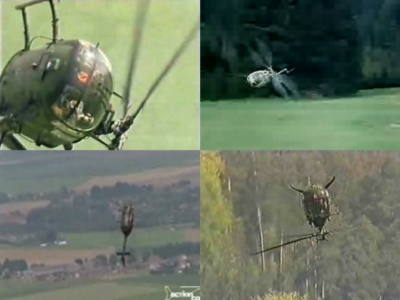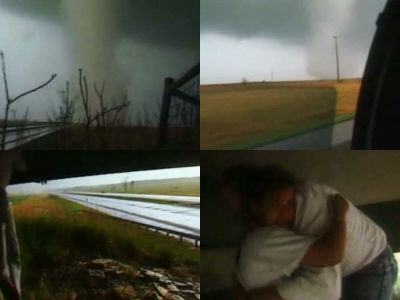A page where you can easily learn 'Why can airplanes fly?' will be released

If you're curious about how airplanes can fly, you'll find explanations such as ``because the wings create lift...'' but it's still hard to understand. On the page published by Bartosz Ciechanowski, you can learn why airplanes can fly while checking the animation of ``the movement of air around the wings''.
Airfoil – Bartosz Ciechanowski

When a car is moving forward, the car has ``gravity pulling the car downwards (blue)'', ``the road being pushed by the car pushing the car back upwards (green)'', and ``the engine turning the wheels. The force that moves forward (yellow) and the force that causes the air pushed by the car to push the car back (red) are working. At this time, the vertical forces are balanced and the forward force exceeds the backward force, allowing the car to move forward. Please note that the figure below is drawn to simply show the balance of forces, and the position where the force is generated is not correct.

Even when a propeller airplane is moving forward, ``Gravity pulling the airplane downwards (blue)'', ``Pushing the airplane upwards (green)'', ``Force moving forward with the propeller (yellow)'', and ``Air The force pushing back the plane (red) is working, and the vertical force is balanced and the force pushing the plane forward exceeds the force pushing it back, so it can move forward without falling and maintaining its altitude. . The force pushing the airplane upward at this time is 'lift force.' Lift force can be manipulated freely to a certain extent, so if lift force is made stronger than gravity, the altitude of the aircraft will rise, and if lift force is made weaker than gravity, the altitude can be lowered.

The image below shows the wing of an airplane viewed from the side, and the airplane is moving from right to left. When an airplane moves forward, air hits the wings from the front to the rear.

As the angle between the airflow and the wing (angle of attack) increases, a difference occurs between the amount of air hitting the bottom of the wing and the amount of air hitting the top, resulting in high pressure at the bottom and low pressure at the top.

Below is a diagram showing the air force applied to the wing when the angle of attack increases and the lower part of the wing becomes high pressure and the upper part becomes low pressure. It can be seen that the upward force is greater than the downward force. The force that pushes the aircraft upward is lift, and if the lift becomes greater than gravity, the altitude of the aircraft will rise.

In addition, on the page published by Mr. Ciechanowski, you can check the change in lift while changing the angle of the wing, and observe the relationship between air flow and pressure, so if you are interested, please visit it. .
Related Posts:







